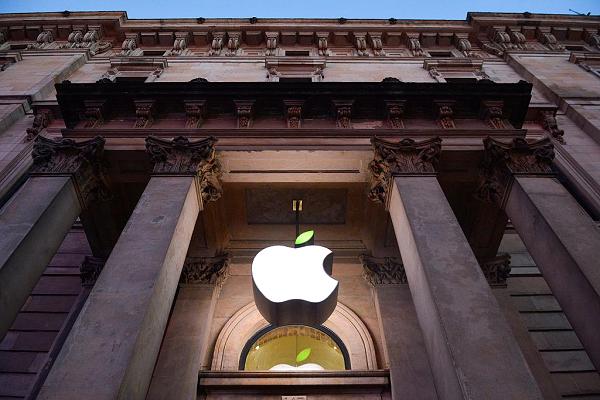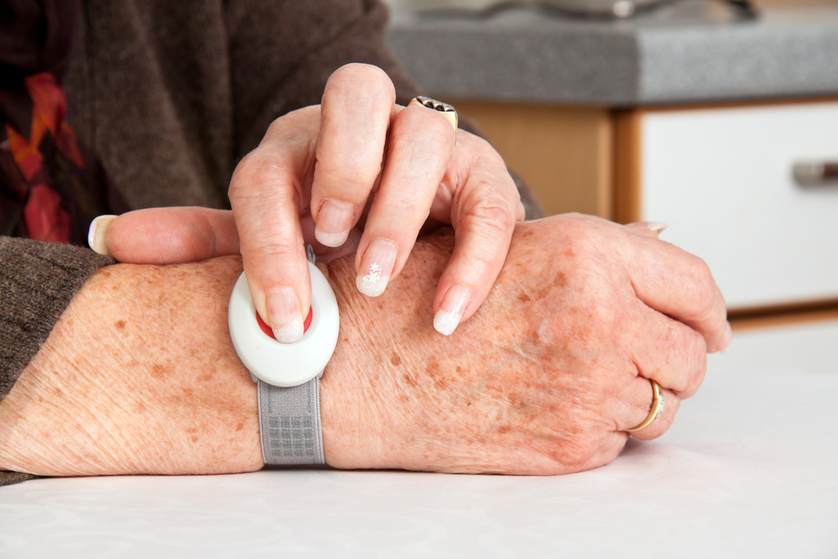
Apple are currently working secretly on a project to develop wearable devices that can monitor blood sugar levels for diabetics without the need for using finger sticks. The idea was conceived by Steve Jobs, the company founder. Apple have gathered together a team of biomedical engineers from companies like Masimo, Sano, Medtronic, C8 Medisensors, and Vital Connect to work on the project. Apple acquired Cor in 2010, a company that has been working for more than 5 years to assimilate glucose monitoring technology into a wearable device like an Apple watch. Apple also have an existing partnership with Dexcom, which offers the G5 CGM. Apple watch users can use it to monitor their blood sugar, using an app that syncs with iPhone.
An existing product on the market is Abbott’s Libre blood testing system which has a sensor worn on the upper arm which measures interstitial fluid under the skin every minute. It was developed in Europe in 2014 and is now available in over 30 countries. . The FDA in the US are reviewing it however. Another leading manufacturer of diabetic insulin pumps and continuous glucose sensors is Medtronic, a US-based company. Medtronic has received approvals in Europe, Latin America, and Australia for its Guardian Connect device but, like Abbott, is waiting for an FDA approval. A third company, Nemaura Medical in the UK, has developed the sugarBEAT system which is a glucose monitoring device that uses a non-invasive disposable patch. It measures molecular amounts of interstitial fluid using an electric current. The patch also has the potential for other applications including taking measurements for athletic performance and oxygen depletion. It has a shelf life of about 2 weeks before needing to be changed. Nemaura Medical has signed a letter of intent with the Chinese company Shenzen CAS Health Corp for a joint venture to manufacture and distribute the sensors in China after receiving regulatory approval.
Currently glucose monitoring requires diabetics to use lancets to prick their fingertips at least 4 times daily in order to measure glucose levels before and after meals, before going to bed, and after waking up. Integrating glucose sensors into wearable devices is a significant challenge but commercially very lucrative given the great market potential for them. The diabetic testing market is projected to reach US$17 billion in 2021 according to an estimate by ABI with revenues expected to increase at a compound annual growth rate of 41%. More than 9 million wearable CBM devices are expected to be available by 2021 and Apple will be vying for a slice of the pie as will other competitors.
Once developed, the new technology would be capable of continuous glucose monitoring (CGM) which would be a big advantage over current methods which cannot do this. CGM would help to warn diabetics when blood glucose rises or falls rapidly (hyperglycemia and hypoglycemia). Hyperglycemia (rapid rising of blood glucose) can lead to ketoacidosis and even a diabetic coma. The breakthrough, if it occurs, would help millions of people with diabetes, lead to new medical research, and make the Apple watch an essential piece of equipment for diabetics. Apple however will face competition from another giant in the field. Google’s life sciences team is currently working on a ‘smart’ contact lens which will measure blood sugar through the eyes. Google went into partnership with DexCom in 2015 to develop a glucose-sensing device about the size of a bandage.







